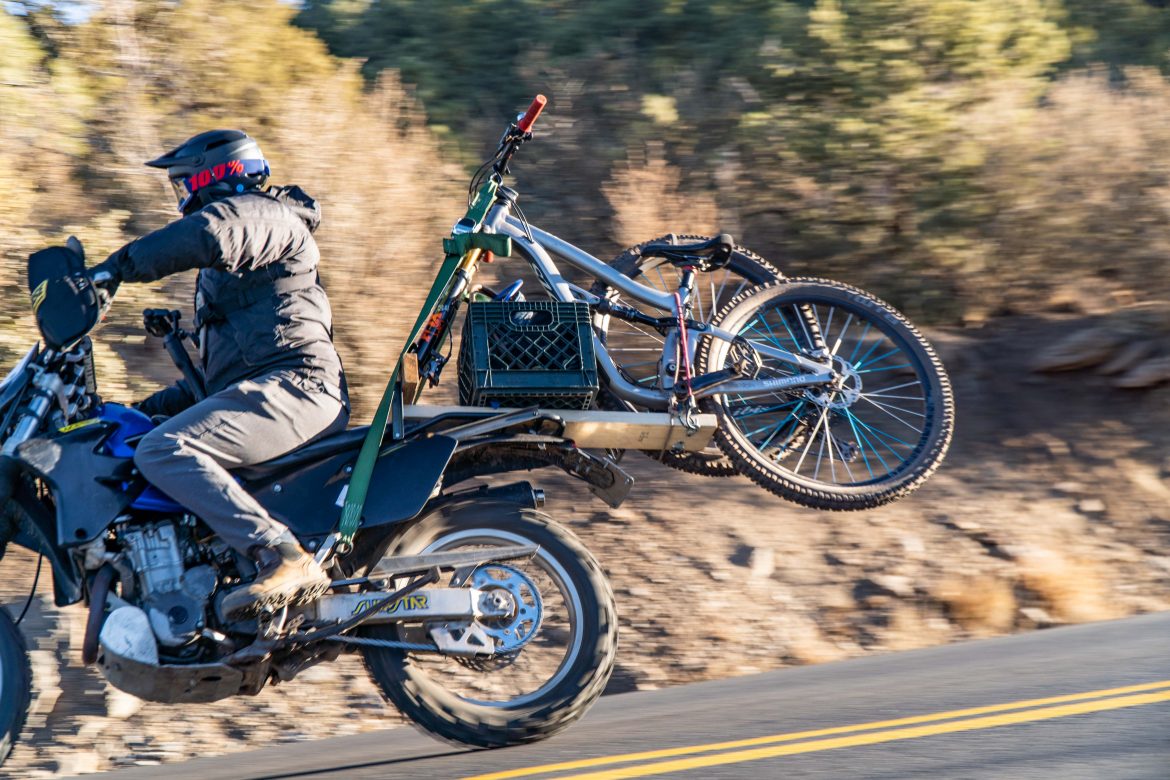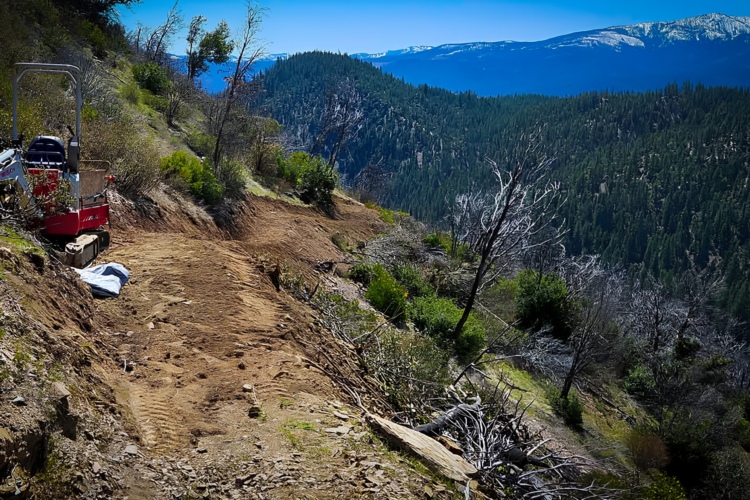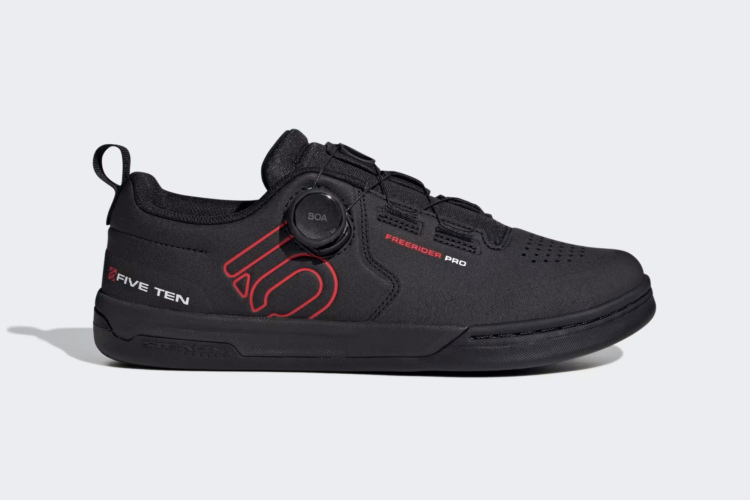
Instagram’s utility as a means for discovery is more often miss than hit, but a few weeks ago tapping through Instagram, I saw Jeff Kendall-Weed popping wheelies on a moto – with a bike attached to the bike, like some sort of extra-long wheelie bar. Now that’s cool, I thought.
Taking your two-wheeled freedom machine to the trail on a motorized two-wheel freedom machine seems like the ultimate way to buck trends, reduce fuel consumption, and gulp down even more fresh air. Curious as to how Jeff put it all together, I shot him a message, and he filled us in on all the details.
Like a lot of great ideas, it came to Jeff when he got distracted with work.
“While editing a vlog from one of these morning rides, I got bored and let my imagination wander while browsing Craigslist. Sure enough, I found myself looking at a jalopy of a motorcycle — a 2001 Suzuki DRZ400s. Perhaps the least cool motorcycle known to man, the bike would surely be worth a bit more back home in Washington, and these things are reliable enough that even with 26,000 miles, it should be plenty of bike to get me around town.”
The idea started as a daydream, but quickly grew wheels and picked up speed. It wasn’t without a little bit of work though.

“$1,700 later, I had a motorcycle project on my hands. I was about to walk away from it, then I noticed it had nearly new Dunlop D606 tires, a fresh top end, the chain and sprockets were still good, and the air filter was actually clean. All good signs that I could possibly ride the thing, and there was little chance I could get a bike of similar quality in this price range.”
Jeff started with the brakes, putting in new pads and steel-braided brake lines, before he replaced the master cylinder. Being winter and all, he threw some extra large hand guards on the Suzuki to fend off wind and keep his hands warmer on the chilly desert morning rides to the trail head. Since he had some MTB helmets around and Arizona does not have a helmet law, his trail helmet worked for the time being. “Score! Sort of.” Though he and his family are based in Bellingham, they spent about six weeks in Northern Arizona early this winter.
After getting the DRZ in order, Jeff moved on to building the rack.
“The rear rack that was mounted to the bike seemed like it was missing something, as it used the rear fender for its support. I did what any country-raised kid would do and grabbed a 4-foot section of 1-inch angle iron from the local Ace Hardware. I cut two pieces to use as braces to give that rack a bit more structure. The left side went from the rear battery mount bolt, and the other found a random bung on the right side of the bike. This wasn’t super sturdy, but it was a heck of a lot better than a plastic fender supporting my whole idea.”

Then, he reinforced the rack with some lumber. “The local lumber yard gave me a scrap piece of 2×6 that would act as the main beam for the rack. I had brought a piece of 2×4 that was just long enough to place above the beam, and the angle iron would attach the 2×4 to the seat mounts. I had a Hurricane Components Fork Up bike mount that I was considering installing in the van, but this seemed like a much better use of the thing.”
Jeff used some D-rings from his van under the rear of the beam, and used some bungee straps to connect the rear wheel. He found that he could rest the middle of the bike’s bashguard on the plank. Under the top tube, between the fork and chain ring, he still had room for a milk crate to put his MTB gear in.
“I’ve seriously dreamed of a motorcycle with a milk crate for years — good riddance to back packs, and hello redneck self!”
Jeff made the rack work, but then of course, one of his followers pointed out that 2×2 makes a rack, just like the one he’d self-engineered. “Sure enough, they make a metal version of what I had hack-fabbed myself, and they unabashedly used a couple tie downs to help pull the bicycle forward.”

All in all, his setup worked though. It’s no Ducati, he says, but it handles his mountain bike fine. But, the wheelies have found their limit.
“The DRZ400s is a terribly heavy, poorly underpowered beast of a motorcycle, but since it’s so heavy, the bicycle’s extra weight wasn’t a big deal. Heck, even on the freeway the whole set up felt pretty ok. The biggest problems I had with this setup were that the rear wheel of the bicycle would hit the ground when I popped wheelies. That in turn would often throw me back to the ground completely out of control. After too many of these sketchy wheelies, both of the seat mounts on the aluminum subframe broke. Turns out I have a DRZ400E subframe, which has far fewer supports and gussets for carrying cargo. And a proper DRZ400S subframe is coin on eBay.”
Since he first got his DRZ400s equipped to haul his new Ibis Ripley AF, he’s made a few changes. He tuned the carburetor a bit, and it’s “slightly less slow than the first few disappointing test rides might have shown.”

One of his followers also helped him out with a plastics kit for the Suzuki and a friend had an actual 2×2 Cycles rack. He’ll be getting the subframe welded back together again soon.
“We are planning a return trip to Sedona in a few weeks, and you can bet your knobbies that the DRZ — and that 2X2 rack — will be on the back of my camper van for round 2. Only this time with a real motorcycle helmet.”
Jeff has since started another YouTube channel, sharing his DRZ exploits. Keep up with his original YouTube channel here, and his Instagram here.




















1 Comments
Sep 18, 2021
(He likes lightweight, cheap motorcycles)